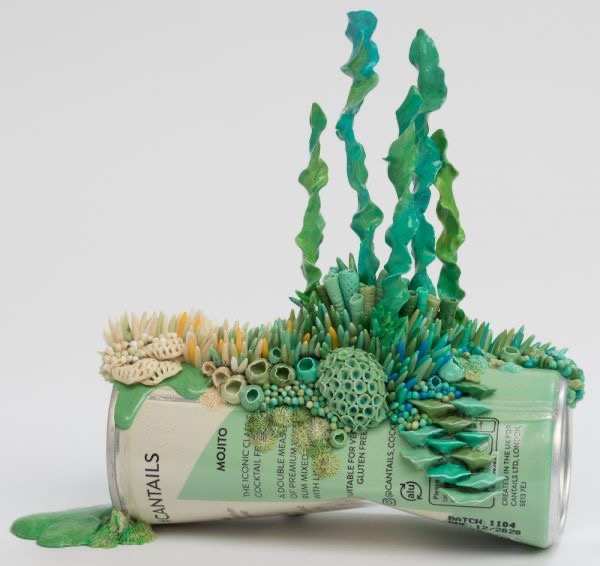Week 1 Blog

My name is Cao Enqi, I am from mainland China, my main course is illustration, the reason why I chose environmental design as my elective course is because I hope that illustration can not only be created on the plane, but also can be combined with the 3d environment in the real world, to create more interactive works with the audience, so that the audience can experience the illustration story more immersively.
After a preliminary reading of ‘Environmental Histories of Design’ – written by design historians Kjetil Fallan and Finn Arne Jorgensen – I have gained some new insights into environmental protection and design. I intend to express my understanding of environmental protection and design in relation to the work of an artist.
First of all, I think that some of the artists are more visual in their expression of environmental protection, and I think that the work of Stephanie Kilgast gives me this feeling.
Her works use people’s daily rubbish as the material, and use epoxy clay, polymer clay and acrylic, etc. She creates various kinds of sculptures on the rubbish, so as to attract the audience’s attention through colours, images, and a more intuitive way.
She uses people’s rubbish and transforms it into works of art through artistic creation, and her use of colours and the shapes of plants and animals are also very appealing to the audience, which makes her works popular with the majority of the audience, and thus her environmental theme is more acceptable to the public.
I think that although her works do not use a lot of natural and environmentally friendly materials, and are not practical works of art, her works are more focused on the expression of environmental protection or natural awareness, and stimulate the audience in a more direct way, which I think is also a good point.
As stated in ‘Environmental Histories of Design’ – written by design historians Kjetil Fallan and Finn Arne Jorgensen – the attitude of environmental history is starting to become more and more tolerant, and it is starting not to cut off culture and nature. I think that Stephanie Kilgast’s work, although not radical, can be used to present environmental themes to the viewer in a more intuitive way through images and other means, so I think that Stephanie Kilgast’s work is to some extent an example of the ‘environmental of design’ written by design historians Kjetil Fallan and Finn Arne Jorgensen. Therefore, I think Stephanie Kilgast’s work is to some extent in line with the direction of design history – the intention is to engrave the theme in the viewer’s memory in a more direct and intuitive way.
Therefore, I think Stephanie Kilgast’s work can give illustrators more inspiration – about how to combine the storytelling of illustration with 3d and environmental themes, and express themes such as environmental design or conservation in a more immediate and intuitive way.
REFERENCE
Fallan, K. and Jørgensen, F.A., 2017. Environmental histories of design: towards a new research agenda. Journal of Design History, 30(2), pp.103-121.
Stephanie Kilgast personal website: https://www.stephaniekilgast.com



